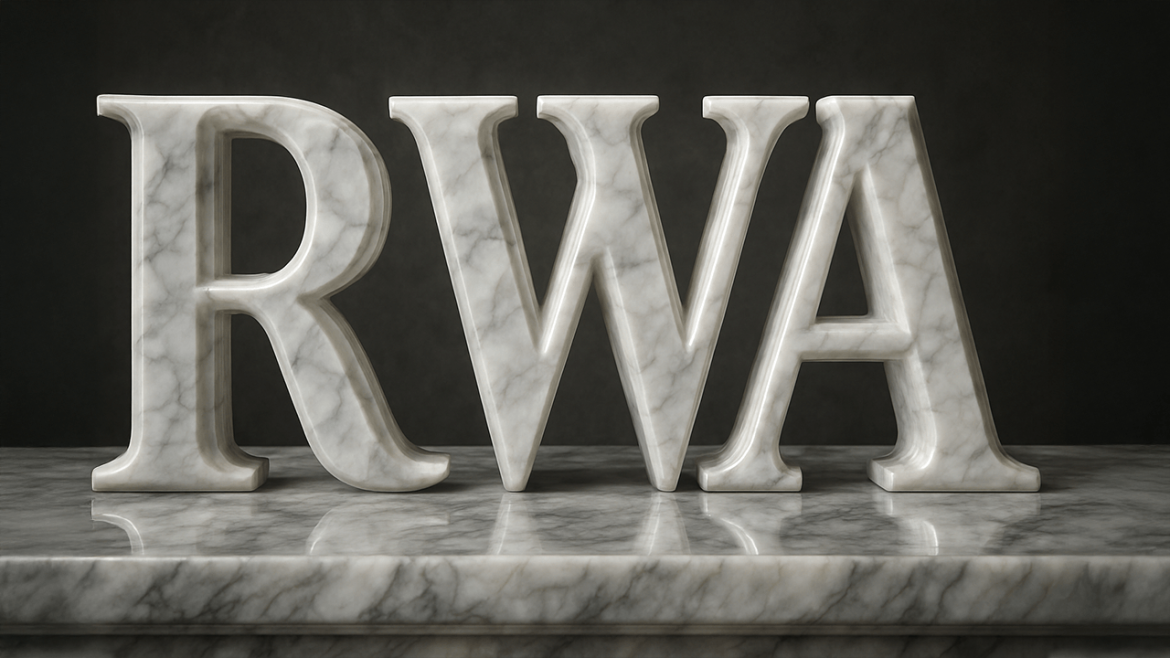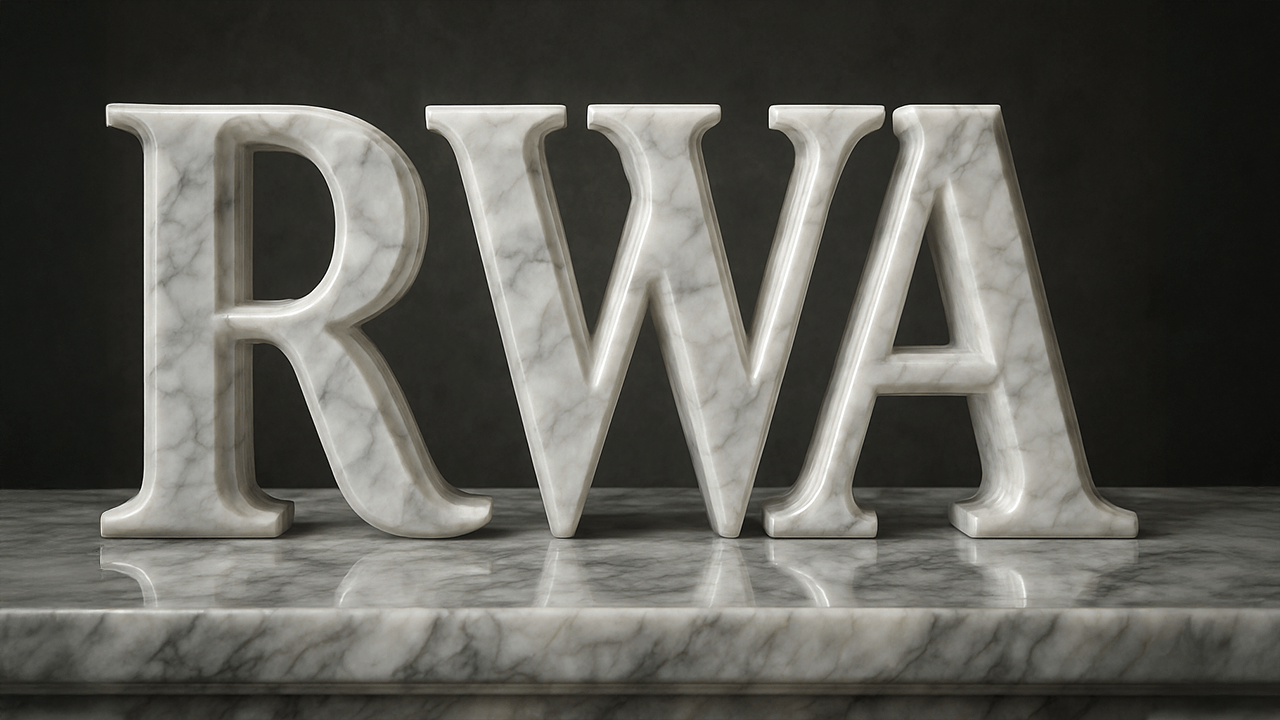The financial landscape in 2025 is undergoing a profound transformation, driven by the meteoric rise of real-world assets (RWAs) on blockchain networks. Tokenization, the process of converting traditional assets into digital tokens, has emerged as a disruptive force, reshaping how investors interact with assets ranging from real estate to commodities. The RWA sector has surpassed the $25 billion mark, with a 144% market cap increase in just three months, signaling a seismic shift in global finance.
The RWA Revolution: A New Era of Financial Inclusion
Real-world assets encompass a broad spectrum of tangible and intangible assets, including real estate, bonds, equities, commodities, and even intellectual property. By tokenizing these assets, blockchain technology enables fractional ownership, increased liquidity, and reduced transaction costs. For instance, an investor can now own a fraction of a high-value commercial property in Tokyo or a stake in a private equity fund, previously inaccessible to retail investors. This democratization of investment opportunities is one of the most significant impacts of RWAs.
The surge in RWA adoption is fueled by several key factors. Institutional investors, including BlackRock and Goldman Sachs, are increasingly exploring tokenization, bringing credibility and substantial capital to the sector. Regulatory clarity is also improving, with governments and financial authorities developing frameworks to support cryptographic assets. Additionally, the low-interest-rate environment has driven investors toward yield-generating opportunities, such as tokenized bonds and real estate, which offer attractive returns. Technological advancements in blockchain infrastructure have further enhanced security, scalability, and efficiency, making RWA tokenization more viable than ever.
The Ecosystem: Key Players and Market Dynamics
The RWA ecosystem is a complex network of stakeholders, each playing a crucial role in its growth. Blockchain platforms like Ethereum and Hedera provide the foundational infrastructure for tokenizing and trading RWAs. Tokenization platforms specialize in converting real-world assets into digital tokens, while custodians ensure the secure storage and management of the underlying assets. Exchanges facilitate the trading of RWA tokens, and investors—both institutional and retail—drive demand by seeking new investment opportunities.
Market dynamics in the RWA sector are characterized by rapid growth, increasing liquidity, and price discovery. The market is expanding exponentially, with new assets being tokenized daily. Liquidity is improving as more investors participate, making it easier to buy and sell RWA tokens. Price transparency is also enhancing, as blockchain technology provides a transparent and auditable record of transactions, reflecting the true value of the underlying assets. Innovation is another hallmark of the RWA market, with new use cases constantly emerging, such as tokenized lending and fractional real estate investment.
The Impact on Traditional Finance
The rise of RWAs is reshaping traditional finance in several ways. One of the most significant impacts is the democratization of investment. By enabling fractional ownership, RWAs allow investors of all sizes to access high-value assets that were previously out of reach. This levels the playing field, providing retail investors with the same opportunities as institutional players.
Tokenization also enhances efficiency in traditional financial processes. Settlement, clearing, and custody—once cumbersome and time-consuming—are streamlined through blockchain technology, reducing costs and accelerating transaction times. Transparency is another key benefit, as blockchain provides an immutable and auditable record of all transactions, reducing fraud and increasing trust in the financial system.
Moreover, RWAs are fostering new business models for financial institutions. Banks and asset managers are exploring tokenized lending, fractional real estate investment, and digital asset management, adapting to the evolving demands of investors. JPMorgan Chase, for example, has shown increasing interest in blockchain technology and digital assets, reflecting the broader recognition of RWAs as a transformative force in finance. Other major players, like Bank of America, are also adapting their services to cater to the growing demand for digital asset exposure.
Challenges and Opportunities
Despite the promising outlook, the RWA sector faces several challenges. Regulatory uncertainty remains a significant barrier, as some jurisdictions lack clear frameworks for tokenized assets. Security risks are another concern, as the integrity of blockchain networks and the underlying assets must be safeguarded against hacks and fraud. Interoperability between different blockchain platforms and tokenization standards is also a challenge, as seamless trading and transfer of RWAs require compatibility across networks. Scalability is another issue, as blockchain networks must handle the increasing volume of RWA transactions efficiently.
However, these challenges also present opportunities for innovation. Regulators have the chance to create forward-looking frameworks that balance innovation with investor protection. Security solutions are being developed to enhance the safety of RWAs, while interoperability protocols are being designed to enable seamless communication between different blockchain platforms. Scalability solutions, such as layer-2 protocols and sharding, are also being explored to improve transaction throughput and network efficiency.
A Tokenized Future
The RWA sector’s explosive growth in 2025 is not a fleeting trend but a harbinger of a more inclusive, efficient, and transparent financial system. As technology advances, regulatory clarity emerges, and institutional adoption accelerates, the tokenization of real-world assets will continue to expand. The $25 billion milestone is just the beginning, and the future of finance is being reshaped, one tokenized asset at a time. The journey has just begun, and the possibilities are limitless.





